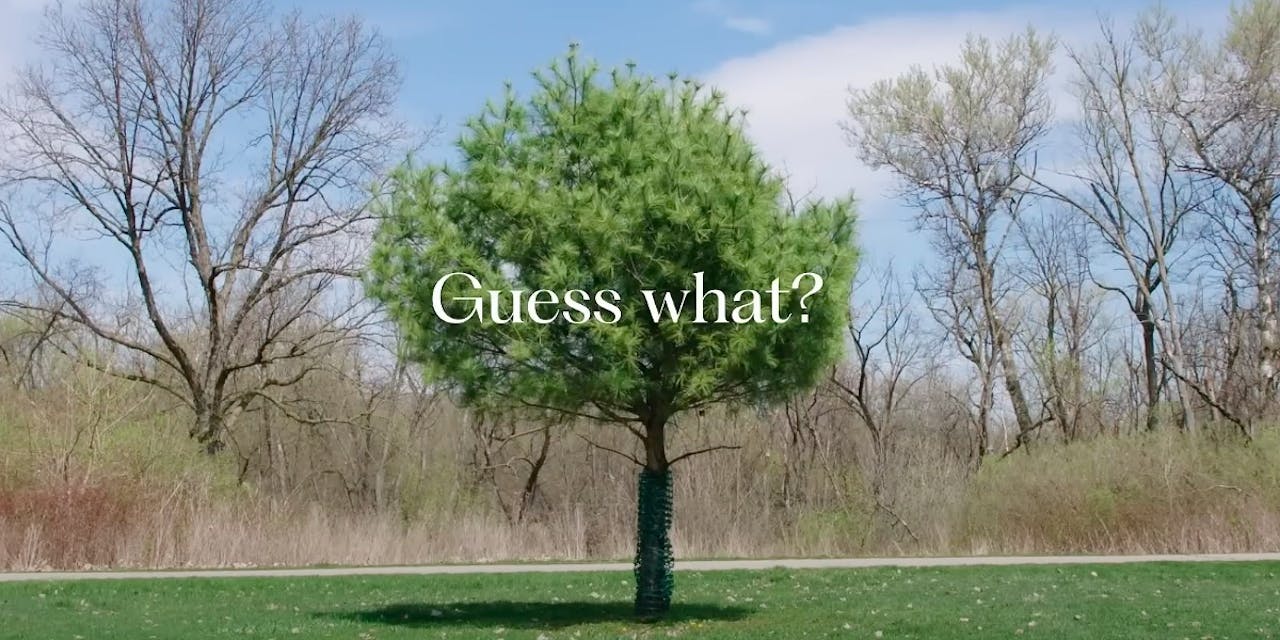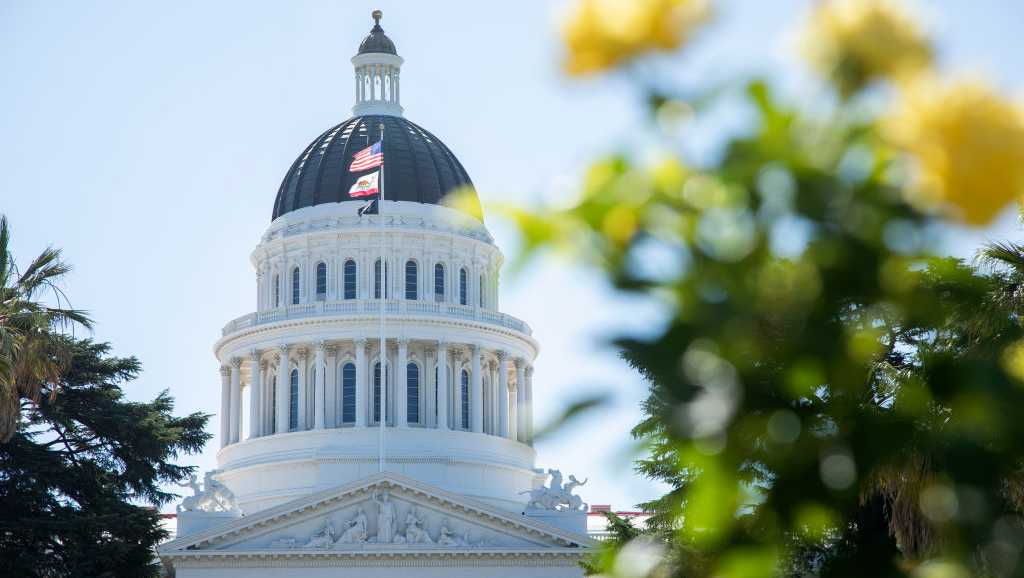There’s plenty of room for clever ideas in health marketing, says Camille Nizet of Serviceplan Innovation. These examples show how the right concept can even help improve people’s wellbeing.
When we think of healthcare, most of us picture sterile waiting rooms, even more soulless tri-fold pamphlets, and people in white coats who actually succeeded in passing an organic chemistry course. At first glance, it feels like a cold, objective world untouched by creativity. At second glance, maybe our view of both healthcare and creativity is simply too narrow.
Health today isn’t just about physical health and the prescriptions and procedures that treat it. It now also includes our mental, emotional, and environmental health and how they all intersect. Yet, despite leaps in medical research, too many people still don’t get the care they need. That’s because many of healthcare’s biggest shortcomings aren’t scientific, but social. The solutions exist. But they’re often blocked by money, stigma, or misinformation. When medicine can’t bridge that gap, could creativity?
Yes, in a field known for logic and precision, the power of creativity might sound silly. But it’s really about seeing problems with fresh eyes and a healthy disrespect for the status quo. Done well, creative work in healthcare empowers. It connects. It makes us stop and say, ‘duh, why didn’t we do this before?’
Here are four campaigns that do just that. Each one uses creativity not as decoration, but as a tool to close the gap between cures and communities.
Want to go deeper? Ask The Drum
Anzen Health
Every six minutes, someone dies from opioid overdose in the US. Though difficult, there are in fact lots of paths to recovery – it’s not a one-rehab-fits-all like we’re sometimes led to believe. But we need to meet people where they are and show that it’s possible in the first place.
Now, opioid pills in the US have unique imprint codes. So, Anzen Health created a helpline that uses those codes as phone extensions. When someone calls 855-HOW-TO-QUIT and enters the code, they’re connected to someone who overcame their addiction to that exact pill.
This is effective because peer-to-peer support has been proven to increase recovery success by 26%, and this service brings that support right to the person’s hand, at their most vulnerable moment. The stories are personalized, the support is real, and the timing is everything.
Claritin
Can’t enjoy a spring day without a steady supply of tissues? City planners have long planted male trees because they don’t drop fruit, but unfortunately, they release huge amounts of pollen, worsening allergies across the US.
Claritin decided to prevent the problem, not just treat the symptoms. In 2024, they launched the DiversiTree Project: a campaign to plant more female trees, which absorb pollen instead of releasing it.
The effort included a partnership with the Arbor Day Foundation to give free (female) trees to allergy sufferers, a study with Cornell University, and a push to get the USDA to revise its recommendations to city planners. That it came from a brand that profits from allergies makes it even more refreshing. Sometimes, solving the problem is just about pointing out the obvious.
CoorDown
This next idea calls on society to rethink how it supports disabled people. Non-profit CoorDown’s global campaign ‘Assume That I Can’ set out to educate on how biases can shape the life of a person with Down syndrome. In the film, actress Madison Tevlin, who has Down syndrome, plays a woman constantly underestimated. For example, a boxing coach doesn’t think she can hit hard, so he doesn’t train her to… so she doesn’t hit hard. Until she breaks the cycle, looks at the viewer, and reframes everything: if all your assumptions apparently become reality, then start assuming that she can.
The film is based on the psychological principle of self-fulfilling prophecies, something I learned about in an ‘Intro to Psychology’ course 10 years ago, so hardly a new idea. However, with a powerful script and beautifully executed film, it leverages this concept to improve the mental and emotional health of an entire community. Bravo.
Suggested newsletters for you
Herconomy
Exclusive breastfeeding benefits both babies and mothers, both by reducing health risks and supporting development. Yet in Nigeria, rates remain low: 14% below the global average and far from 2030 goals. Many mothers aren’t supported and feel pushed towards formula, which can cost up to 34% of their household income.
Herconomy, Nigeria’s leading bank for women, by women, introduced a quietly radical idea: a savings account that offers interest on breastfeeding. The Breastmilk Money account calculates the money not spent on formula and transfers it into savings, which then earns 14.3% interest. As the child grows healthily, so do a woman’s finances.
It’s both bold and intuitive. While NGOs have long encouraged breastfeeding, this is the first time a fintech company has entered the conversation. While we don’t like to acknowledge it, motherhood also has a financial side that intersects with the physical, emotional, and mental wellbeing of a mother. Herconomy not only points this out but also empowers women to make educated decisions about their bodies and finances.
Human connection
Each of these campaigns reminds us that creativity in healthcare isn’t fluff. It’s function. It’s how we take the world of data, drugs, and diagnoses and make it human.
Whether it’s a pill code, a tree, a mindset, or a bank account, these ideas fill in the social gaps that medicine alone can’t reach. Here’s to many more collaborations between scientists and us creatives, because healthcare needs both.





